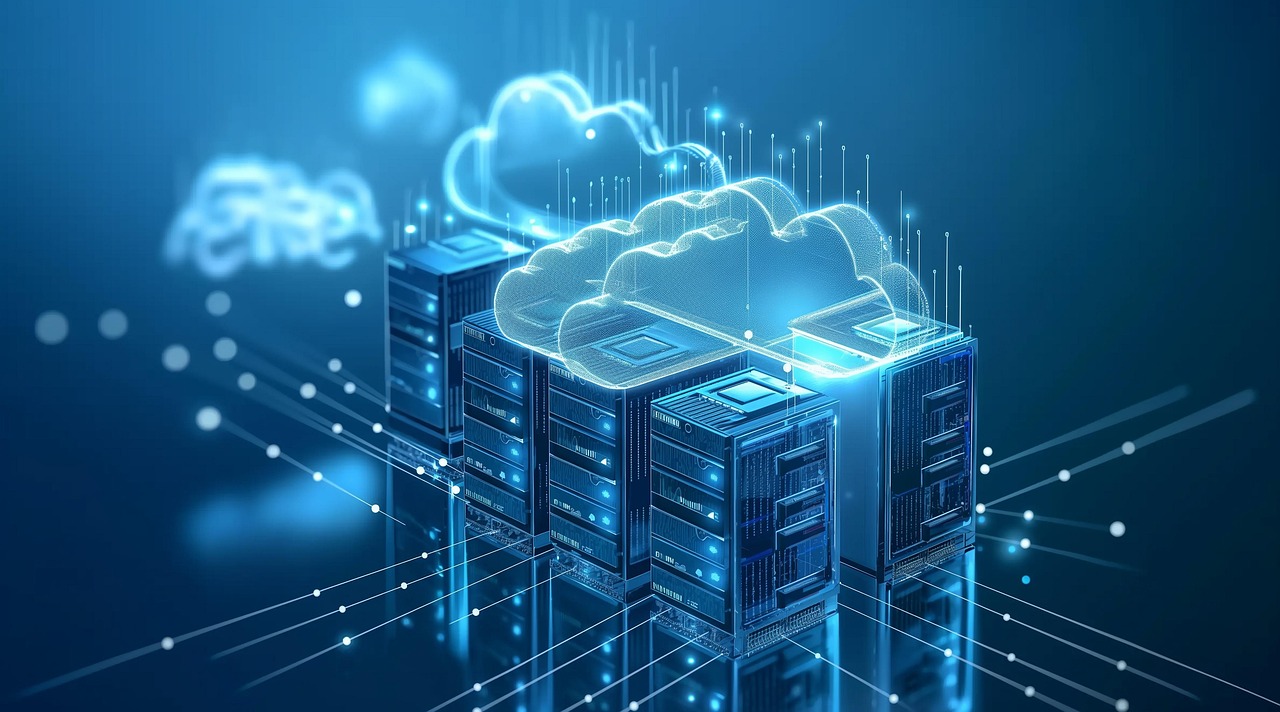
In this modern age of big data, where information is supreme and there’s power in speed, need for processing information immediately have never been greater. From autonomous vehicles and smart factories to wearable health devices and augmented reality, industries rely on immediate data insights to operate efficiently. Traditional cloud computing, while powerful, often struggles to meet the low-latency requirements of these applications. Check this out, something called edge computing is totally disrupting things and really changing the game big time.
What is Edge Computing?
Edge computing is a distributed computing model that brings data processing closer to the location where it is generated—at the “edge” of the network. Instead of sending all data to centralized cloud servers, edge computing processes data locally using devices such as gateways, routers, or micro data centers.
This approach significantly reduces latency, improves performance, and enhances data security by minimizing the need to transmit sensitive information over long distances.
Real-Time Processing at the Edge
One of the most important benefits of edge computing is real-time data processing. Because data is analyzed locally, response times are dramatically improved. This is critical in scenarios where every millisecond counts.
For instance, autonomous vehicles must instantly interpret data from cameras, sensors, and radar to make driving decisions. Relying on a remote cloud server would introduce dangerous delays. Edge computing chops up data right at the source and processes it quickly right there on board, letting something snap into action right away.
Key Benefits Transforming Industries
- Reduced Latency
Edge computing cuts down the time it takes for data to travel to a processing center and back down by a huge margin. This is perfect for things like gaming, trading important financial stuff, industrial automation, and even monitoring people’s health—it really demands fast reaction times.
- Improved Reliability
Yeah, even when the Internet is wonky or just not working at all, this kind of cool tech still works and can make quick smart decisions right away. This is very important for work in the big open wild like rigs out at sea or deep inside factories and for military missions.
- Bandwidth Optimization
Not every piece of information has to go up into the cloud. By filtering and analyzing data at the edge, only essential information is transmitted. This reduces bandwidth consumption and associated costs, especially when dealing with large volumes of IoT data.
- Enhanced Security and Privacy
Edge computing helps keep sensitive information close to the devices it is used on and reduces exposure to data risks by keeping sensitive data right on local devices. This kind of stuff keeps hackers at bay and helps us be better in line with big rules like GDPR.
Revolutionizing Various Sectors
Edge computing is being widely adopted across sectors:
- Healthcare: Wearable devices track and process patient vitals in real-time, alerting doctors instantly to anomalies.
- Manufacturing: Smart computers lend a watchful eye and make subtle tweaks all by themselves. Their goal is to help things run smoothly and keep everyone safe.
- Retail: Edge-powered cameras and sensors provide instant customer behavior insights and improve inventory management.
- Agriculture: Drones and smart sensors analyze field conditions on-site, enabling precision farming.


